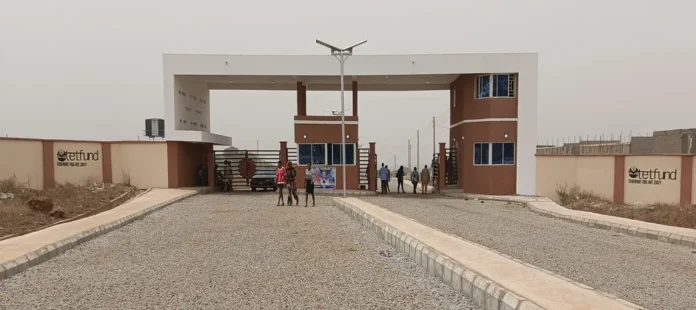German farmers are increasingly turning to soybeans as recurring droughts reshape agricultural practices across the country, according to new figures released by the Federal Statistical Office on Tuesday, August 19, 2025.
The data shows that soybean cultivation has surged by nearly 157 percent since 2016. In 2024, around 4,500 farms cultivated the crop on a total of 40,500 hectares, compared with about 2,400 farms and just under 15,800 hectares in 2016, the first year the crop was officially tracked.
Despite the rapid growth, wheat continues to dominate Germany’s farmland, covering about 2.6 million hectares in 2024. Still, soybeans are gaining traction due to their resilience in dry conditions and their versatility, as they can be processed into oil and animal feed.
In response to climate challenges, farmers are also expanding irrigation systems to safeguard crops during prolonged dry spells. Between 2009 and 2022, the acreage of irrigable land increased by nearly a quarter, reaching 791,800 hectares. However, that figure still represents only 4.8 percent of Germany’s total farmland, underscoring the limits of irrigation as a nationwide solution.
The steady expansion of soybean farming highlights how German agriculture is adapting to climate change, diversifying crops to secure food production and maintain farm incomes under increasingly unpredictable weather conditions.



